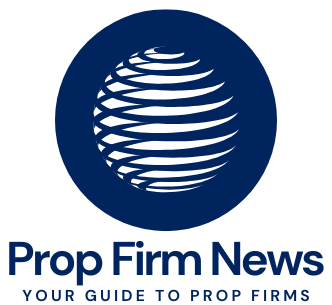An in-depth look at how forex proprietary trading firms differ from hedge funds in structure, strategy, and objectives.
Introduction
In the financial markets, both forex proprietary trading firms and hedge funds play significant roles, yet they operate under distinct frameworks. Understanding their differences in structure, funding sources, investment strategies, and risk management approaches is crucial for investors and traders alike.
1. Funding Sources
- Proprietary Trading Firms: These firms utilize their own capital to engage in trading activities. Traders within prop firms trade the firm’s money, aiming to generate profits directly for the firm.
- Hedge Funds: Hedge funds pool capital from external investors, including individuals and institutions. They manage these funds on behalf of their clients, striving to achieve returns through various investment strategies.
2. Investment Strategies
- Proprietary Trading Firms: Prop firms often focus on short-term trading strategies, leveraging market inefficiencies and employing high-frequency trading techniques. Their primary goal is to capitalize on immediate market movements.
- Hedge Funds: Hedge funds employ a diverse array of strategies, including long-term investments, arbitrage, and hedging. They aim to generate absolute returns, regardless of market conditions, and may invest across various asset classes.
3. Risk Management and Regulation
- Proprietary Trading Firms: Since they trade with their own capital, prop firms have more flexibility but also bear all the risk. They are subject to internal risk management protocols and face fewer regulatory constraints compared to hedge funds.
- Hedge Funds: Managing external capital subjects hedge funds to stricter regulatory oversight. They must adhere to fiduciary responsibilities and maintain transparency with investors, implementing comprehensive risk management strategies to protect client assets.
4. Compensation Structures
- Proprietary Trading Firms: Traders in prop firms typically receive a share of the profits they generate, aligning their incentives directly with the firm’s performance. This model fosters a performance-driven culture.
- Hedge Funds: Hedge funds often operate on a “2 and 20” fee structure, charging a 2% management fee on assets under management and a 20% performance fee on profits earned. This structure compensates fund managers for both managing assets and achieving positive returns.
Conclusion
While both forex proprietary trading firms and hedge funds are integral to the financial ecosystem, they differ significantly in their operational frameworks. Proprietary trading firms trade with their own capital, focusing on short-term gains and bearing all associated risks. In contrast, hedge funds manage external capital, employ diverse investment strategies, and operate under stricter regulatory oversight. Understanding these distinctions is essential for professionals navigating the financial markets.
